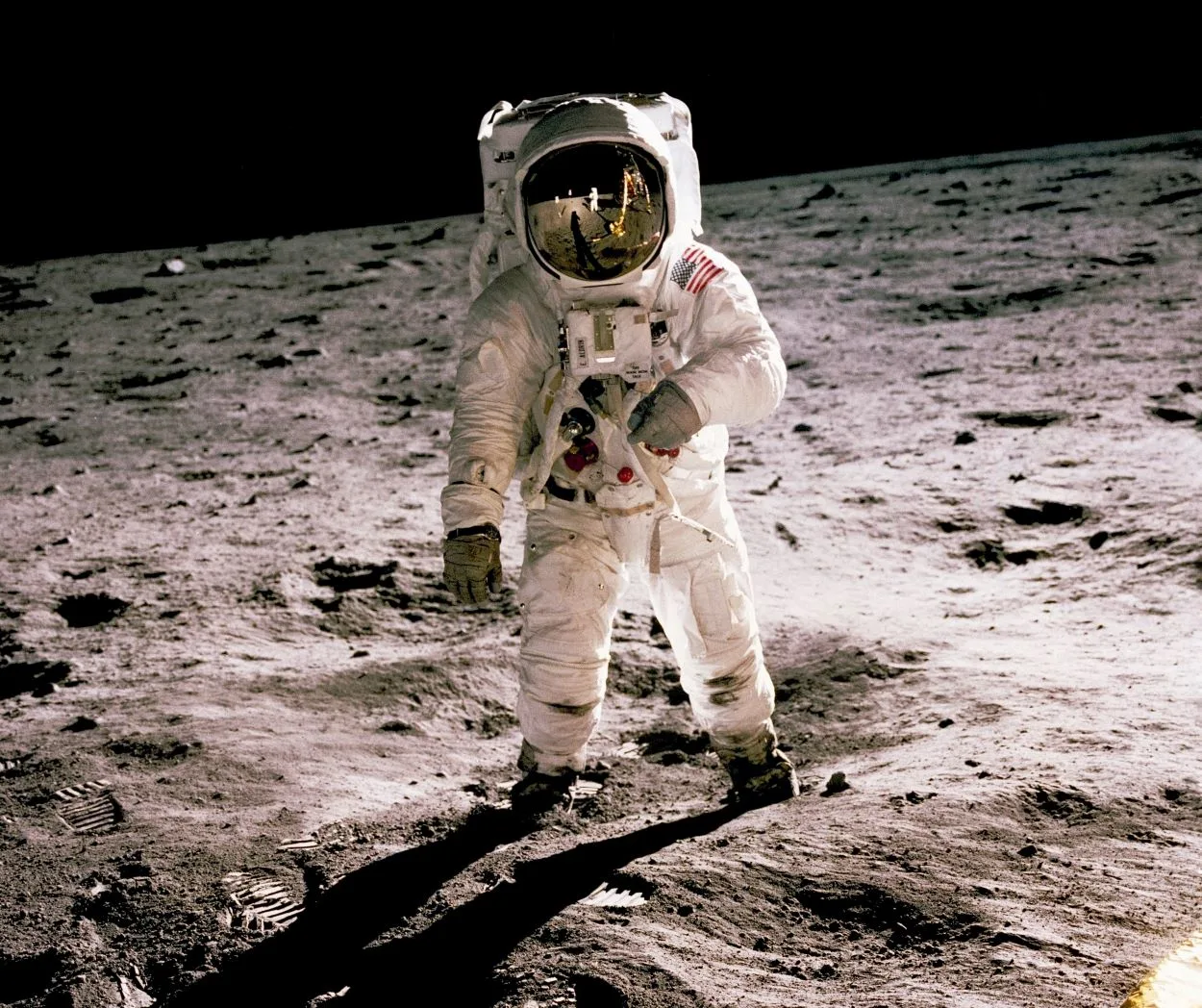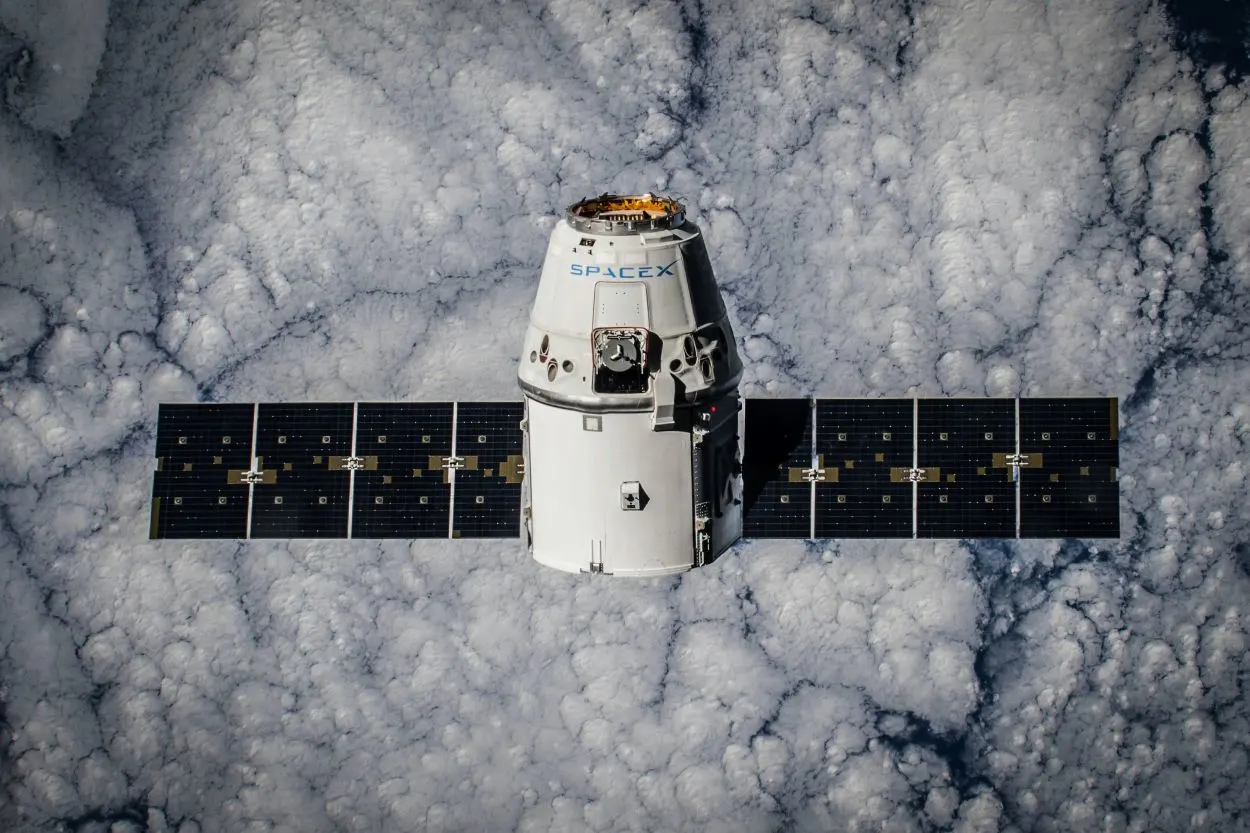NASA is working hard on its Artemis program to send astronauts to the moon. It found several spaceships in previous years and is still discovering and experimenting with new models. NASA has revealed a new giant in the market; the SLS for astronauts to explore the moon and return safely to the Earth.
NASA made history in 1969 when Apolo 11 carried people to the moon. It is aspiring to accomplish the same thing in 2025 when Artemis III will carry the first woman and first color person to the moon. It will achieve this goal by utilizing the Space Launch System (SLS), a massive rocket still under construction.
Meanwhile, Elon Musk and Space X are working wholeheartedly to develop their rocket, Space X’s Starship, to send people to Mars one day. This Starship has fully reusable parts and is hailed as a significant upcoming advancement in rocket technology.
But how can we compare these two giants? In what respect are they different from each other? To find an answer to these queries, continue with the article and read it carefully; we will initiate with side by side-by-side comparison. But before that, we will take a quick look at their definition.
NASA’s SLS and Space X’s Starship
Space X’s Starship is a completely reusable spacecraft with high goals. The company is working on making it capable of sending people to the moon, other planets, and beyond the boundaries. According to a BBC news release, Japanese billionaire Yusaku Maezawa has paid Mr Musk’s company for a private trip to the moon. He has also given an invitation to eight members to join this journey.
This mission’s initial announcement in 2018 included a launch date of 2023. The Starship hasn’t finished an orbital test flight, though. Meanwhile, on Friday, March 18, NASA unveiled its enormous rocket in a historic move toward flying the SLS with a “wet dress rehearsal.”
Moreover, Elon Musk, CEO of Space X, stated on March 21 that the company’s maiden orbital mission would start in May, assuming the rocket’s engines are built and assembled on the assigned schedule. Similarly, a closed launch window of NASA’s SLS is aiming a move to the launch platform at the Kennedy Space Center in Florida.
Despite differences, these spaceships serve similar and impressive purposes. Both of them have unique capabilities. After years of development, both rockets are almost ready for their first maiden flight.

Where do they launch from, and what are their launching dates?
The SLS will take off from Launch Complex 39 B. NASA decided to launch it in March 2022, but it got delayed. As NASA examines various facets of the rocket during March and April, it continues the “wet dress rehearsal” of the spaceship. Although the agency now anticipates a May launch, the date may move to the summer of 2022.
Regarding Space X’s Starship, Elon Musk asserts that it will launch sometime in 2022 for an orbital flight even though the rocket is currently in the testing phase. Similar to the SLS, there is still a chance that the Starship may experience delays, and it will take quite a few timespans before the rocket is ready to launch missions to Mars or the Moon.
Well, now, with that said, let’s discuss the disparities between the two.
NASA’s SLS and Space X’s Starship: What are the differences?
The most enormous rockets in history
These rockets have the same periphery; they both carry an upper stage designed to hold cargo and crew and a lower stage that supports the upper stage to boost their power for reaching high altitudes.
The SLS is about 322 feet in height, can lift a heavier mass, and has more thrust than the Saturn V, which sent the American astronauts to lunar space in 1969. On the other hand, Space X’s Starship is about 394 feet tall; it’s the most towering rocket ever built.

Cost difference and effectiveness
Artemis I & II will revolve within the lunar space vicinity using SLS, while Artemis III will fly around the moon using Starship.
There are a lot of unknowns and lofty estimates floating about in terms of expense. Elon Musk, CEO of SpaceX, anticipates that Starship will ultimately be much less expensive than SLS.
The cost of the Space Launch System will be high. According to a 2019 article by Ars Technica, launching the rocket just once a year might cost more than $2 billion. It was discovered in March 2022 that the price could reach up to $4.1 billion. The first four SLS flights cost more than $4 billion each, according to a more recent estimate from the Office of Inspector General, the federal auditor of NASA programs.
Due to efficiency gains from reusing a rocket, Musk estimated in November 2019 that launching a Starship may cost as little as $2 million every spin.
Cost is related to the fact that the SLS doesn’t contain reusable elements, whereas SpaceX’s Starship does. The SLS is a non-reusable spaceship & it is expensive, while the other is cheap.
The size and power
SLS’s thrust is impressive; however, it varies with configuration:
| Thrust | Payload Capacity | |
| SLS | Block 1 version extensively generates 8.8 million lbs. Block 1B version generates around 8.9 million lbs. Block 2 version generates 9.5 million lbs of thrust. | 90,000 lbs (86 tons) |
| Starship | Generates 17 million lbs of thrust | 300000 lbs (150 tons) |
It means that the payload capacity of SLS is less than Starship.
In addition, Starship’s reusability will enable its completion at a much lower cost compared to SLS. Starship’s propulsion will presumably rise in later attempts as it travels to farther-off locations.
Which receives the first position to reach the orbit
Even though both SLS and Starship have had delays lately, they appear close to entering orbit.
Elon Musk, CEO of SpaceX, recently claimed that Starship would go into orbit as early as this month. Shortly after, the FAA revealed that it had postponed its environmental study of Starship until May 31. The FAA’s evaluation, which is necessary for Starship to go into orbit, has had several delays, with this being the most recent.
Similarly, NASA’s SLS launch has seen numerous delays; most recently, it was wheeled to the launching point and then progressively brought back for study due to many problems. Only after a successful wet dress rehearsal can it launch into orbit. The newest report indicates that SLS will launch no earlier than August of this year after three failed efforts to complete this rehearsal.
Despite the current delays, it wouldn’t be surprising to see SLS reach orbit first because SpaceX depends on the FAA’s environmental evaluation.

NASA’s SLS: Why Are People Angry?
Even though SLS seems to be more powerful than the Saturn V rocket as it can generate 15% more thrust and can carry heavier cargo than the Saturn V’s 7.5 million lbs limit, it is severely criticized. So what is the reason behind so much criticism?
Firstly, it’s because of the recent delays in its launch. NASA’s mega-rocket SLS is still not ready to go into space. Initially, it was scheduled to take off during the summer of 2020 but NASA had to delay the launch due to some technical reasons.
Secondly, the extremely high cost that is involved in the development of SLS is also not liked by people. The initial cost of the project which was $10 billion, as announced in 2011, has increased threefold since then.
On the other hand, SpaceX’s Starship is to a great extent privately funded project. It mainly depends on profits from its satellite launches along with Starlink broadband services. Moreover, NASA has also provided money for the development of a reusable rocket.
Further estimations by NASA revealed that the approximate cost of an SLS launch is $2 billion, while Elon Musk revealed that the Starship mission cost is comparatively low, around $1 billion. He announced this in the latest Starship Space X presentation.
Are They Both Reusable?
The SLS doesn’t have reusable elements. However, the Starship is SpaceX’s first entirely reusable rocket.
It contributes to the possibility that Starship’s flight costs could end up being 200 times less expensive per flight. CEO Elon Musk reported in 2019, “A substantial reusable craft costs considerably less than a small, throwaway craft. “
Can They Both Travel To Mars?
Indeed, both rockets can carry people to Mars. NASA intends to work on improving Mars missions by adopting the Block 1B and Block two designs and the lessons learned from the previous Artemis series. The one big goal of SpaceX is to carry humans to the lunar surface in the near future.
Bottom Line
- NASA’s SLS and SpaceX’s Starship represent two groundbreaking developments in space exploration.
- NASA is renowned for sending rockets into lunar orbit. The SLS, a new market leader that will allow astronauts to explore the moon and return to Earth safely, has been unveiled by NASA.
- Elon Musk and Space X are working tirelessly to create their rocket, the Space X Starship to carry people to Mars one day. This Starship has been heralded as a significant forthcoming development in rocket technology. This is because it contains entirely reusable elements.
- This article shares details related to the Space X Starship and SLS and answers the question of how they differ.
- Starship and SLS are two amazing rockets, somehow similar, but they differ in thrust and size. The latter is not reusable, while the other has reusable properties.
- The Starship is taller than the SLS. However, despite these contrasts, both serve extraordinary purposes.
- Both rockets face delays and challenges in their development. And their launch schedules also face some challenges.

